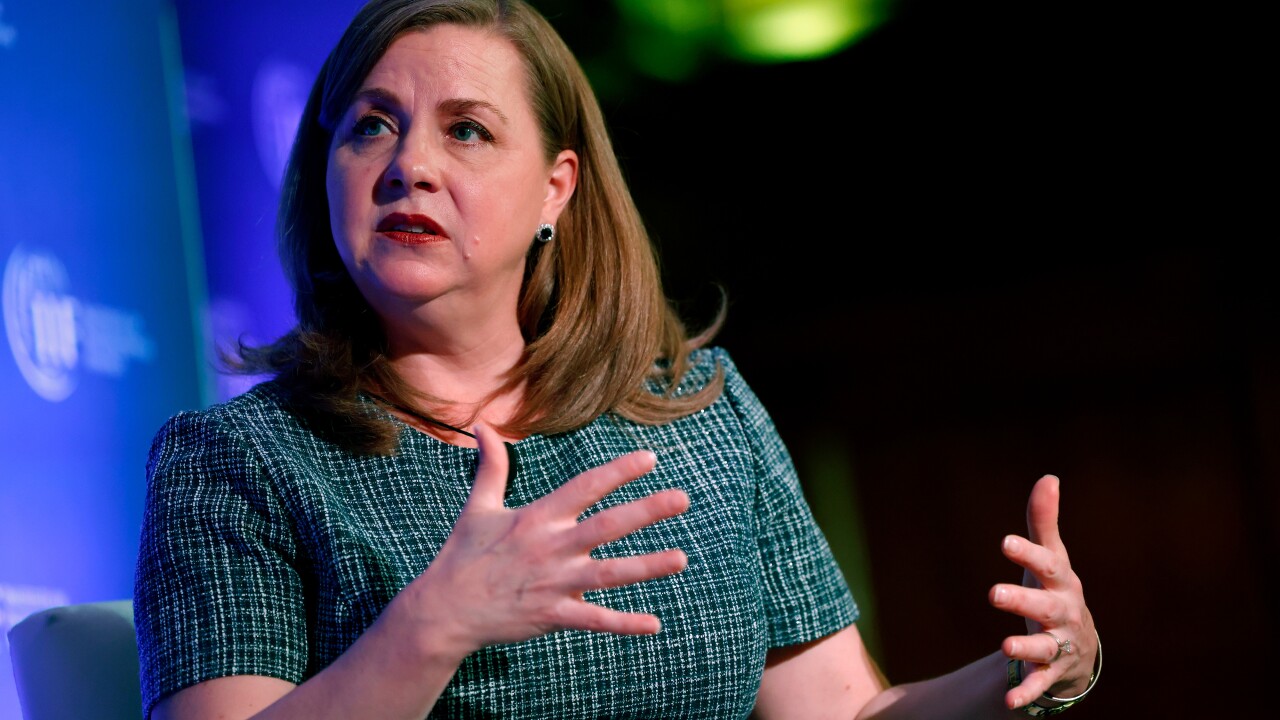With only six months to go before the EMV chip-card liability shift takes effect, many U.S. merchants are not yet aware of the EMV migration.
When the Oct. 1 liability shift takes hold, merchants not accepting the new chip-card technology will become liable for any losses resulting from payment card fraud at the point of sale. Some merchants have stated that they would rather trust their existing security measures than pay for the upgrade to EMV, but others still need to educate themselves on the benefits and drawbacks of EMV and it's not even clear how many are out of the loop.
"The challenge is that no one really knows about the level of EMV readiness because there is no single, common way to reach all of the merchants of all different levels and sizes at the same time," said Randy Vanderhoof, director of the EMV Migration Forum.
Instead, various organizations are "picking bits and pieces of the market they can reach and do everything they can to inform and help merchants" to determine if they are moving toward chip-based technology or not, Vanderhoof said.
EMV cards improve security at the point of sale by including technology that makes them resistant to counterfeiting. They can also be used with a PIN to address stolen card fraud. Though the card networks set an October deadline for conversion to EMV technology, it is not a mandate; companies will still be able to handle credit card transactions even if they do not have EMV technology in place.
And even the merchants that have the right technology installed may not be using it properly. During the EMV preparedness process, it has become apparent that installed EMV terminals
The confusion extends to the banks as well.
In a move designed to get more small-business merchants on board with EMV, Visa Inc. introduced a 20-city small business chip education tour last month in Austin, Texas. Visa brought the EMV migration education program to Orlando, Fla., last week.
"The real measurement of the implementation will be in transaction volumes, or actual chip-on-chip transactions," Vanderhoof said. Any other method of assessing the readiness of the market will amount to best guesses, he added.
Even though the liability shift is just six months away, Vanderhoof said it is "still really early to make a determination on all of this."
But it not too early or even too late for a merchant to begin the EMV conversion process and get in line for testing and certification. Generally, EMV technology providers and testers say it takes months to complete the conversion, though some, like Fime, offer
Regardless of the task at hand, any effort to raise EMV awareness of merchants and their employees is important at this stage of implementation, said Thad Peterson, a senior analyst with Boston-based Aite Group who authored research that indicated many merchants remain
"Some small merchants can just trade out their terminals and they're in business," Peterson said. "Mid-size merchants working with a third-party vendor have a bigger challenge as they need to have their program certified and the vendor needs to make that happen."
Merchants also need to be aware that acquirers have options in place to speed up the EMV process, Peterson said. "These programs really work and, at this stage, it's the only way a lot of the merchants are going to be able to implement on time."
A full-blown effort to educate all merchants and consumers about how EMV works can't take place until the industry is assured that acquirers and merchants are communicating about the liability shift, Vanderhoof said.
Getting the business and technical aspects of the EMV process squared away and then monitoring transactions to assure everything is working properly have to be the top priorities now, Vanderhoof added.
"After that, you will see a more conscientious effort to push the ball over the goal line," Vanderhoof said. "Right now, they are still blocking and tackling to move the ball down the field, and the goal line is six months away."
In the meantime, various organizations are offering merchants a variety of EMV education campaigns, workshops, consultation offers, or documents outlining minimum requirements.
The EMV Migration Forum, representing various payments industry stakeholders, has outlined the
The Electronic Transactions Association has launched its EMV campaign for the small-merchant community, and in other cases, companies are forming alliances to better serve niche retail markets in hopes of assuring those segments will be EMV ready. TableSafe and Creditcall revealed an arrangement last week in which they will provide EMV-ready mobile point of sale software for full-service restaurants, allowing EMV card acceptance at tables.





